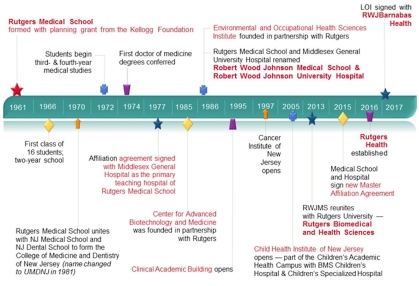
Our History
Robert Wood Johnson Medical School was formed as Rutgers Medical School with a planning grant awarded in 1961 by the Kellogg Foundation. In the fall of 1963, the first faculty members joined the school and the first class of 16 students entered in September 1966. At the end of two years of instruction, students transferred to other four-year schools to complete their medical education.
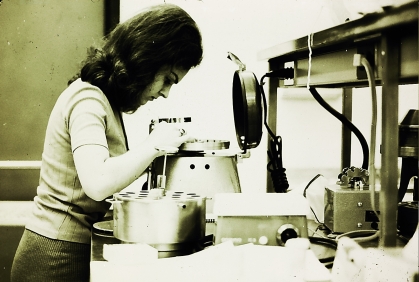
Four years later, Rutgers Medical School was organizationally united with the New Jersey Medical School in Newark and the New Jersey Dental School to form the College of Medicine and Dentistry of New Jersey (CMDNJ). In 1972 for the first time, 32 students began their third and fourth years. The first doctor of medicine degrees were conferred in June 1974.
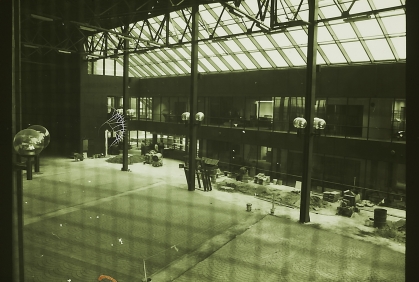
In 1977 an affiliation agreement was signed with Middlesex General Hospital (now Robert Wood Johnson University Hospital) in New Brunswick, establishing it as the primary teaching hospital of Rutgers Medical School, and construction began on the Medical Education Building (MEB) adjacent to the Hospital. These events served as catalysts for a dramatic expansion of the school's clinical training capabilities.
In 1980, the Board of Trustees of CMDNJ established a second clinical campus of the medical school in Camden with Cooper Hospital/University Medical Center (now Cooper University Hospital), a 500-bed facility, as the principal teaching hospital. Students began clinical rotations on this campus on August 1, 1983.
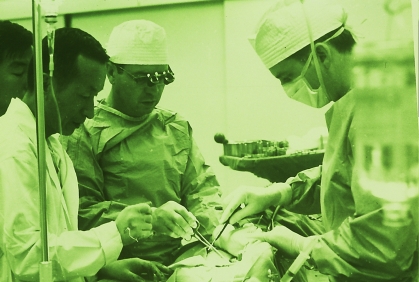
The first doctoral degrees in biomedical sciences in the jointly administered program between CMDNJ-Rutgers Medical School and Rutgers, The State University of New Jersey, were awarded in June 1981. In December 1981, the name of the college was changed from the College of Medicine and Dentistry of New Jersey to the University of Medicine and Dentistry of New Jersey (UMDNJ).
In January 1986, the President of the University announced that effective July 1, 1986, the UMDNJ-Rutgers Medical School in Piscataway and Middlesex General University Hospital in New Brunswick would be renamed UMDNJ-Robert Wood Johnson Medical School and Robert Wood Johnson University Hospital, respectively.
Major construction projects in the '90s and beyond have greatly enhanced the school's research and clinical facilities in Piscataway/New Brunswick. In January 1995, the Clinical Academic Building (CAB) was opened in New Brunswick. The CAB, a 225,000-square-foot facility, is the premier location for the patient care activities of Robert Wood Johnson Medical Group, the multi-specialty group practice of Robert Wood Johnson Medical School. The CAB provides space for outpatient activities, state-of-the-art research and service laboratories, academic offices and support programs.
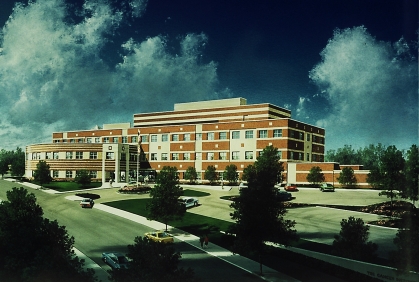
In 1997, the 75,000-square-foot Cancer Institute of New Jersey (CINJ) opened its doors. CINJ houses adult and pediatric ambulatory services, research laboratories, treatment and telecommunications technology, and administrative and support staff. This state-of-the-art facility is equipped to conduct world-class research and provide new treatments and experimental trials for patients who have been unsuccessful with conventional therapies or for whom there is no standard treatment. A 140,000-square-foot addition to the center was opened in 2004, tripling the facility's size and allowing more space for research and an additional 30,000 patient visits each year.
In October 2003, the school opened and dedicated the Robert Wood Johnson Medical School Research Building in Piscataway. Twenty-seven state-of-the-art scientific laboratories for scientists in five departments occupy 90,000 square feet of the 120,000-square-foot building. In form and function, the building's collaborative environment, including linked laboratories and inviting common areas, is designed to hasten basic science discoveries from bench to bedside. A core imaging suite, housing interdepartmental instruments and a state-of-the-art, core nuclear magnetic resonance facility is also housed within the Research Building.
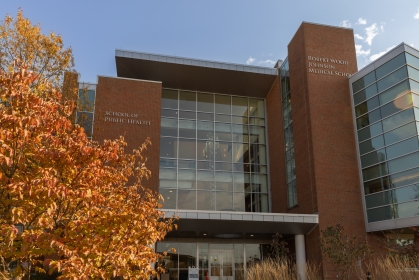
In May 2004, the State of New Jersey took a historic step for national medical research by creating the first state-supported stem cell research institute. Funded through a public-private partnership, the Stem Cell Institute of New Jersey is operated jointly by Robert Wood Johnson Medical School and Rutgers, The State University of New Jersey. Research is conducted at several facilities at the two universities.
Construction of the Child Health Institute of New Jersey was completed in 2005, linking, both physically and programmatically, the medical school and The Bristol-Myers Squibb Children's Hospital at Robert Wood Johnson University Hospital. A comprehensive biomedical research and pediatric care center, it serves as the cornerstone of the children's academic campus of the medical school, forging the scientific and clinical programs at the Institute with hospital-based programs. In addition, the Department of Pediatrics occupies the first and second floors at the institute, housing academic offices in the department, as well as an 11,000-square-foot clinical area where more than 20,000 patients are seen on an annual basis.
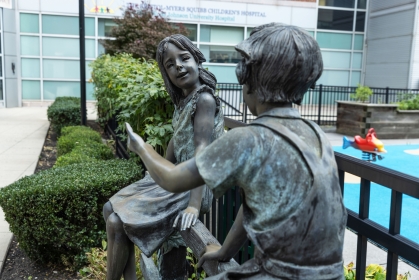
In 2007, UMDNJ's Graduate School of Biomedical Sciences (GSBS) decentralized and became more closely affiliated with Robert Wood Johnson Medical School. Decentralization created greater autonomy for the GSBS and enhanced the long-standing affiliation in graduate education between Robert Wood Johnson Medical School, GSBS, and Rutgers, offering the opportunity for additional collaboration and initiatives and new courses and programs, such as a master's in clinical and translational sciences.
Over the course of a decade, beginning in 2002, various state and university commissions were established to explore restructuring higher education in the state-and UMDNJ specifically. Commissions led by P. Roy Vagelos, MD; The Hon. Thomas H. Kean; and Sol J. Barer, PhD, produced a variety of recommendations during that time, until on Aug. 22, 2012, the New Jersey Medical and Health Sciences Education Restructuring Act was approved by the state legislature and signed by Governor Chris Christie.
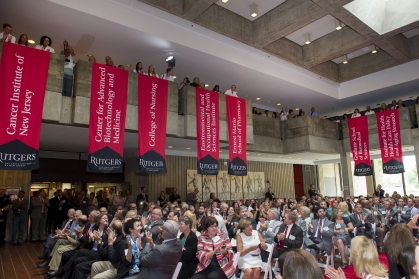
As a result of this legislation, Robert Wood Johnson Medical School's New Brunswick campus and all schools, institutes, and centers of UMDNJ-except for the School of Osteopathic Medicine, the entire Stratford campus, the remaining UMDNJ facilities in Camden, and University Hospital-were transferred to Rutgers, The State University of New Jersey, on July 1, 2013. In addition to Robert Wood Johnson Medical School becoming a part of Rutgers, its Cancer Institute of New Jersey became an independent institute at Rutgers University, distinct and separate from the medical school. Robert Wood Johnson Medical School's Camden campus was transferred to Rowan University on that date as well, joining Rowan's Cooper Medical School.
Timeline
